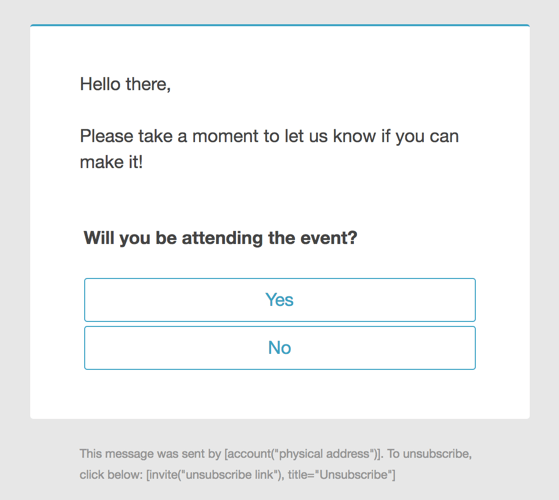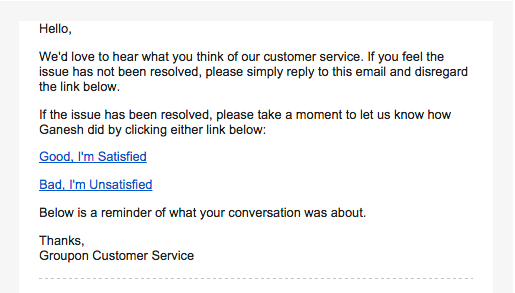It’s a vicious circle.
Workplace silos hinder interaction with other groups and individual colleagues; therefore information isn’t exchanged, and ideas wither.
That paucity of creative thinking puts a steep premium on innovative thoughts, so people become loath to reveal them to others, and the silo walls get thicker—and the thinking gets even narrower.
What if, instead, you created a vibrant circle? Envision an exuberant network of colleagues who, because of their discrete areas of expertise—not despite them—would exchange information and insights, posing “outsider” questions about how things are done, and why.
Consider the “experiment” of “The Most Unknown,” a 2018 documentary that pairs scientists from different disciplines—psychology, astronomy, physics, microbiology and more—in a chain spanning the world.
Though each scientist has a specific objective as he or she posits and explores, tests and analyzes, the common purpose is to widen our collective understanding of life and our place in the cosmos.
Quests for new information
Early in the film, an American microbiologist and an Italian physicist discuss “dark matter”—the as-yet undiscovered. That means comparable yet distinct things to each of them. For her, it’s the tens of trillions of unknown microbial species; for him, it’s countless unidentified particles.
After their days together, exchanging ideas and discussing work processes, the physicist travels to Brussels to meet with a cognitive psychologist, who says of their common yet disparate pursuits, “Whatever happens happens. There’s always something to think about.”
[RELATED: Join us at Zappos HQ for our Role of Communications in Creating Best Places to Work Conference.]
Days later, he will move on to the next chapter: interaction with an astrobiologist in a Nevada desert.
On and on it goes, until these arcs of knowledge come full circle.
From the lab to your workplace
Imagine applying that approach in your organization. Think of all the different job functions, duties and protocols that in some way contribute to the betterment and advancement of your company.
Think how the application of one department’s workflow could spotlight obstacles and, ultimately, streamline processes in another. Consider how the posing of key questions from new perspectives might spark colleagues’ synapses and offer that “eureka!” moment that adds 10 percent or even 30 percent to the bottom line.
How do you do that? Cross-pollination.
Each week, have one member from Team A shadow members of Team B. That seems easy enough.
Here’s the tricky part: Make sure everyone understands that no question nor observation is off-limits. Given that understanding, guest staffers should nonetheless pose purely informational questions.
For example, “Why does the design phase precede the editing phase?” rather than, “What numbskull came up with this half-witted procedure?”
The power of hypotheticals
Also encourage “What if ... ” questions. The answers to those can be revelatory for both parties.
The following week, Visitor B spends time with Team C. Eventually, Visitor H (or Q or V, depending on the size and eclectic nature of your organization) makes it around to Team A.
Once that week concludes and Visitor H has shared insights with the rest of Team H, gather all those visitors to offer their thoughts—the insights drawn from their scouting expeditions—with the others. Have another person (not one of the scouts) record notes, on paper or on a whiteboard, for discussion then and later. Identify and examine the aggregate knowledge that emerges.
Thereafter you might start the process anew, with a new cadre of scouts/visitors zigzagging: Visitor B to Team G, Visitor G to Team D, Visitor D to Team A, and so on, repeating the sharing process at the conclusion.
Beyond the information that will be exchanged, bonds between disparate groups will form as mutual understanding increases.
Practical concerns
You might think, “Gee, a week seems like a long time for this.”
Maybe it is, for your company. Maybe your staff is already stretched thin. If so, try it instead for two or three days per visit.
Going for a week, though, serves a few important purposes:
- People get to know (and trust) each other better.
- The scout can see how a full workweek flows in that other environment.
- Ideas and questions have more time to percolate.
Wondering how you can spare that much person power over the course of a year? Cut out two meetings a week, and you’ll recoup all or most of those staff hours.
You’ll also streamline processes and reveal untapped sources of expertise.
You’ll have broken down those silos and replaced that vicious circle with something to promote collaboration and engagement: a victorious circle.
(Image via)
from PR Daily News Feed https://ift.tt/2xQQsz7

 In our latest real estate tech entrepreneur interview, we’re speaking with Scott Lockhart from
In our latest real estate tech entrepreneur interview, we’re speaking with Scott Lockhart from  I’m the CEO of Showcase IDX… which means I wear a lot of hats, probably too many right now. We have a small team and that means I have to fill in gaps when and where they are needed as we continue to grow fast. In addition to doing typical CEO’y things running a company, I’m also the main product/UX designer and evangelist for Showcase IDX. Which means I’m constantly talking to agents, team leaders, brokers, owners and other tech companies about what they need for their business to succeed and in particular what they struggle with… then I try and distill that into a product that our customers and consumers get real value out of. So far, so good.
I’m the CEO of Showcase IDX… which means I wear a lot of hats, probably too many right now. We have a small team and that means I have to fill in gaps when and where they are needed as we continue to grow fast. In addition to doing typical CEO’y things running a company, I’m also the main product/UX designer and evangelist for Showcase IDX. Which means I’m constantly talking to agents, team leaders, brokers, owners and other tech companies about what they need for their business to succeed and in particular what they struggle with… then I try and distill that into a product that our customers and consumers get real value out of. So far, so good.
 Thanks to Scott for sharing her story. If you’d like to connect,
Thanks to Scott for sharing her story. If you’d like to connect, 




